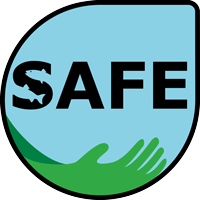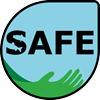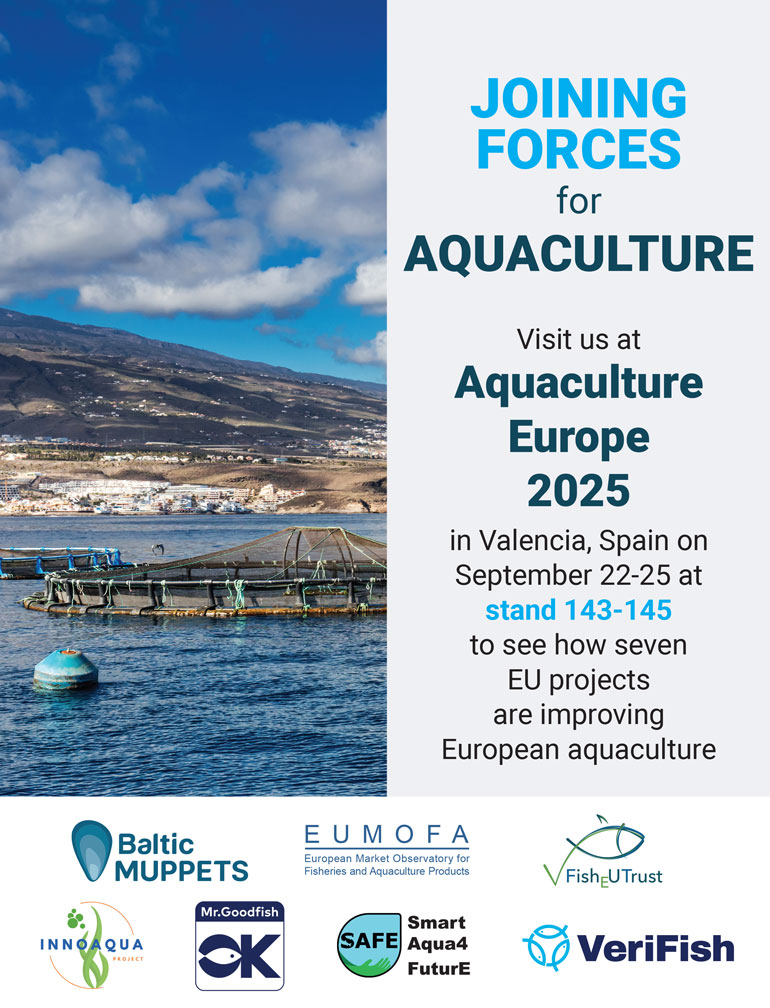
For years, a common misconception has circulated among seafood consumers: that farmed fish are more likely to contain pollutants, heavy metals, or chemical residues than their wild counterparts.
In reality, the opposite is often true.
Modern aquaculture operates under strict environmental and food-safety standards that closely monitor feed quality, water purity, and animal health. Thanks to this precision, farmed fish are consistently among the safest and most transparent seafood options available.
🌊 From myth to monitored reality
The idea that aquaculture fish might be “contaminated” dates back to the early days of intensive fish farming, when practices varied widely and scientific oversight was limited. Today, however, fish farms — particularly those operating in the European Union — follow rigorous regulatory frameworks that are aligned with the EU’s Farm to Fork Strategy and Zero Pollution Action Plan.
Every step of the production process, from feed formulation to final harvesting, is tested and traceable.
Farmed fish live in controlled aquatic environments where parameters like oxygen levels, pH, and water purity are constantly checked. This prevents the accumulation of contaminants that wild fish may encounter in polluted marine or freshwater ecosystems.
🧬 What the science says
Scientific evidence confirms that farmed fish often contain lower levels of pollutants than wild fish.
A landmark study published in Environmental Research found that concentrations of persistent organic pollutants (POPs), heavy metals, and other contaminants were significantly lower in farmed Atlantic salmon than in wild ones.
Researchers from the Norwegian Institute of Marine Research reported that farmed salmon had lower levels of mercury and PCBs, as well as more stable omega-3 fatty acid profiles due to their controlled diets.
“Farmed salmon had lower concentrations of persistent organic pollutants and metals compared to wild Atlantic salmon.”
— Environmental Research, 2017 (PubMed: 28189073)
These findings demonstrate how regulated aquaculture reduces risk: the fish’s diet and environment are carefully designed to avoid exposure to pollutants, while still providing essential nutrients such as omega-3 fatty acids, vitamins, and proteins.
🧫 Wild fish face different risks
Unlike farmed fish, wild species live in open waters where contamination sources are unpredictable — from industrial discharges to microplastics, agricultural runoff, and natural bioaccumulation in food webs.
Predatory species higher up the chain, such as tuna or swordfish, can accumulate significant levels of mercury and other heavy metals.
This means that, in certain regions, wild fish may actually pose a greater risk of contaminant exposure than fish raised in carefully managed aquaculture systems.
🌱 The European approach to clean aquaculture
Across Europe, aquaculture producers adhere to some of the strictest safety and sustainability regulations in the world.
These include:
-
Regular feed composition checks to eliminate contamination risk.
-
Water quality monitoring in all stages of production.
-
Traceability requirements, ensuring that consumers can know exactly where and how their fish was produced.
-
Independent certification under schemes like ASC (Aquaculture Stewardship Council), which verify environmental and health compliance.
This system not only ensures safety but also builds public trust in aquaculture as a clean, circular, and responsible food source.
💧 Clean feed, clean fish, clean future
Feed is a major factor in determining contaminant levels in seafood. In the past decade, aquafeed companies have replaced most fishmeal and fish oil with purified or plant-based ingredients, reducing the likelihood of pollutants entering the food chain.
As a result, the modern aquaculture industry is safer, more transparent, and more sustainable than ever — turning an old myth into an outdated perception.
Farmed fish are not a contamination risk; they are part of the solution for cleaner, traceable, and more sustainable food systems.
📚 Learn more
Scientific source:
Lundebye, A. K., et al. (2017). Lower levels of Persistent Organic Pollutants, metals and the marine omega-3 fatty acid DHA in farmed compared to wild Atlantic salmon.
Environmental Research, 155, 49–59.
https://pubmed.ncbi.nlm.nih.gov/28189073/
🐟 Healthy. Sustainable. Safe.
And… it’s SAFE.
Learn more at projectsafe.eu
Funded by the European Union – Horizon Europe Programme (Grant Agreement No. 101084549).




